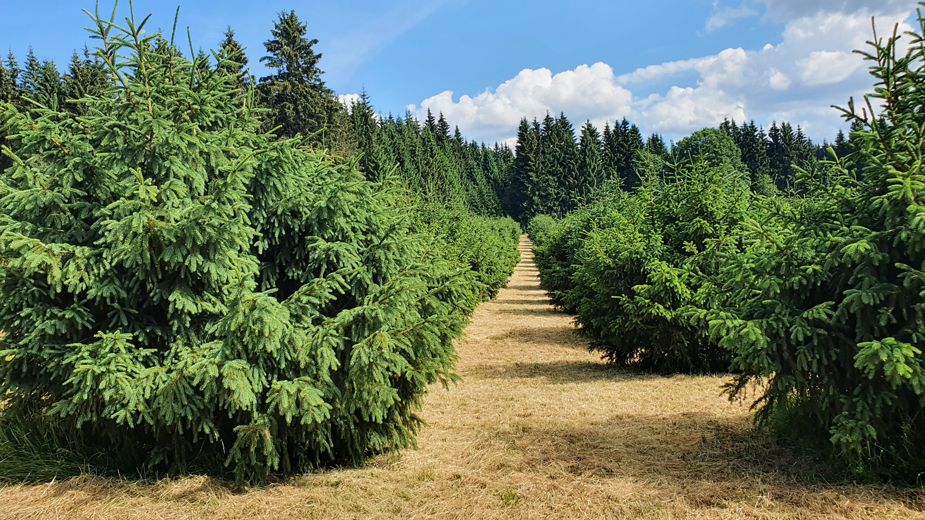Chaloupková, K., Lstibůrek, M. Spatial optimization of genetic thinning in seed orchards. Annals of Forest Science 79, 37 (2022).
Key message
We provide a mathematical model to determine which trees should be ruled out from the grid to promote random mating in seed orchards under genetic thinning.
Context
Genetic thinning (roguing) is a common practice in forest tree breeding to remove inferior genotypes in seed orchards, thus boosting the genetic worth of the seed crop.
Aims
To develop a general methodology for spatial optimization of genetic thinning. It should promote random mating and consider any existing seed orchard layout.
Methods
The model is based on the Optimum-Neighborhood Allocation algorithm (Chaloupková et al., Forests 10:1-6, 2019). The algorithm’s efficiency was evaluated using computer simulation. A fully randomized scheme was used as a reference. In addition, the study provides a demonstration on an actual seed orchard.
Results
Simulations confirm the method’s efficiency in promoting random mating compared to the fully randomized allocation across a wide range of selection intensities. We suggest Linear Deployment as a preferred method for calculating optimum deployment contributions at higher thinning intensities. The algorithm was programmed in R and is publicly available.
Conclusion
Breeders can use the software and follow the example to implement genetic thinning in different practical scenarios assuming any seed orchard layout. The approach enhances random mating while maximizing genetic response to selection.
More information: Spatial optimization of genetic thinning in seed orchards (inrae.fr)
Annals of Forest Science
IF 2.583; AIS 0.781 (1. quartile)



